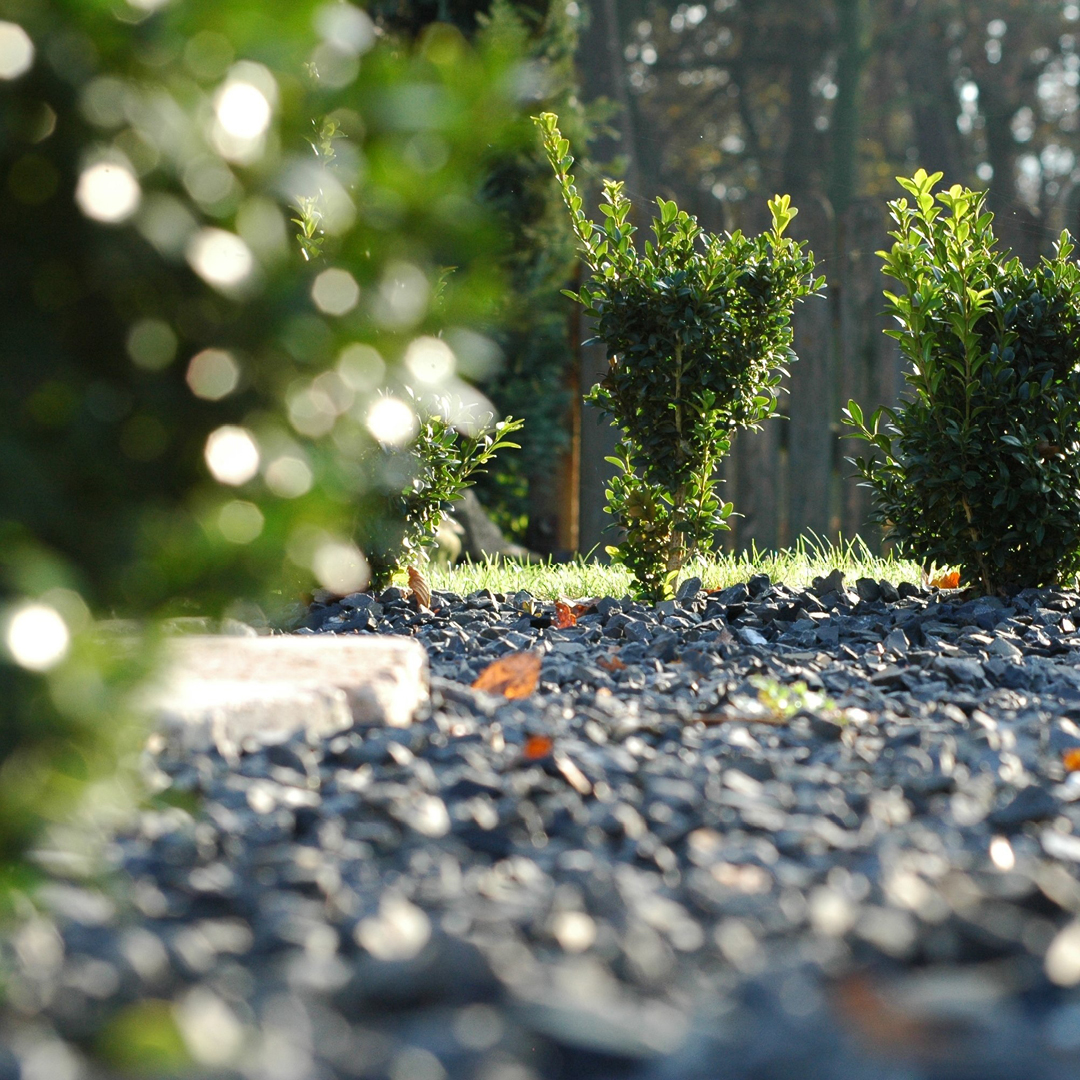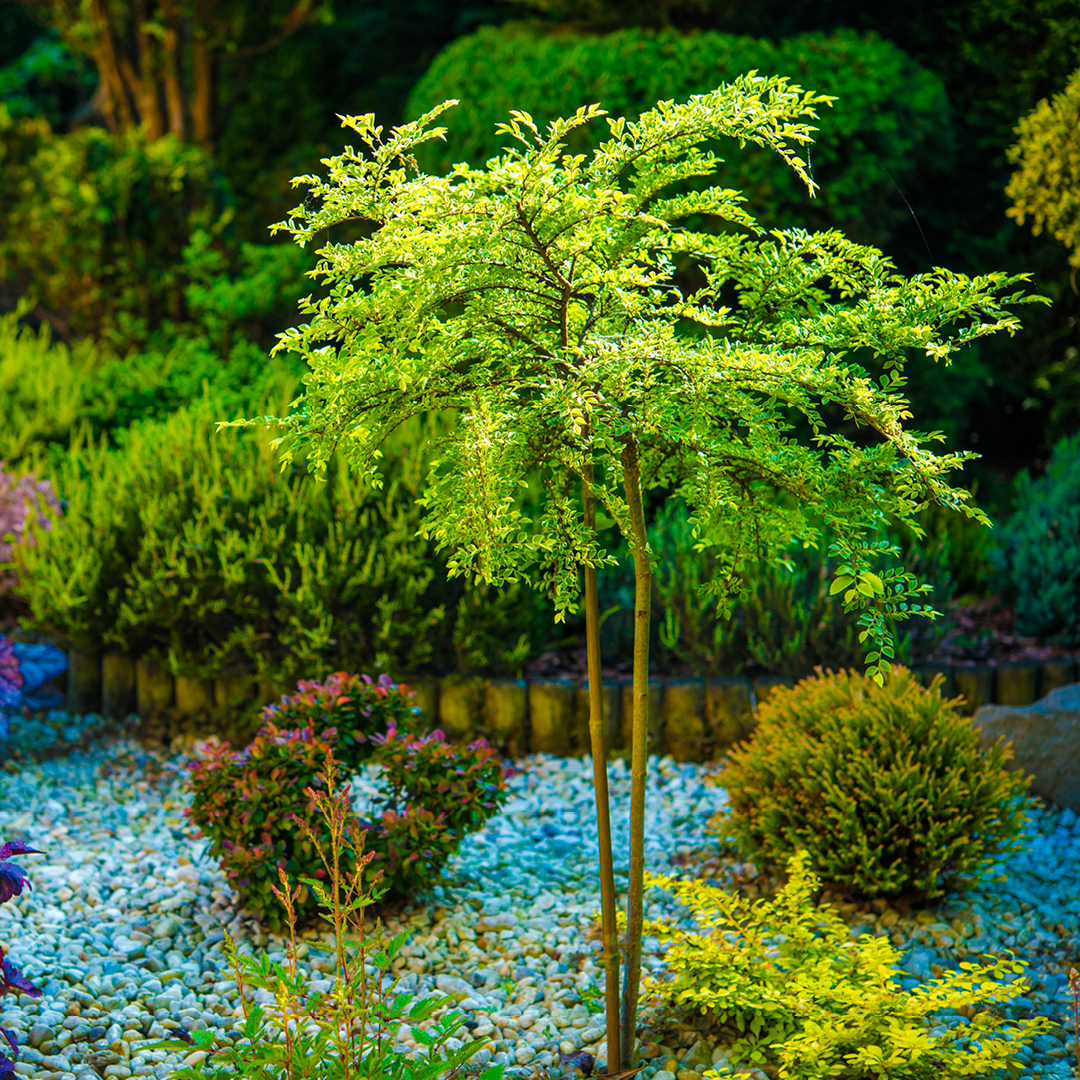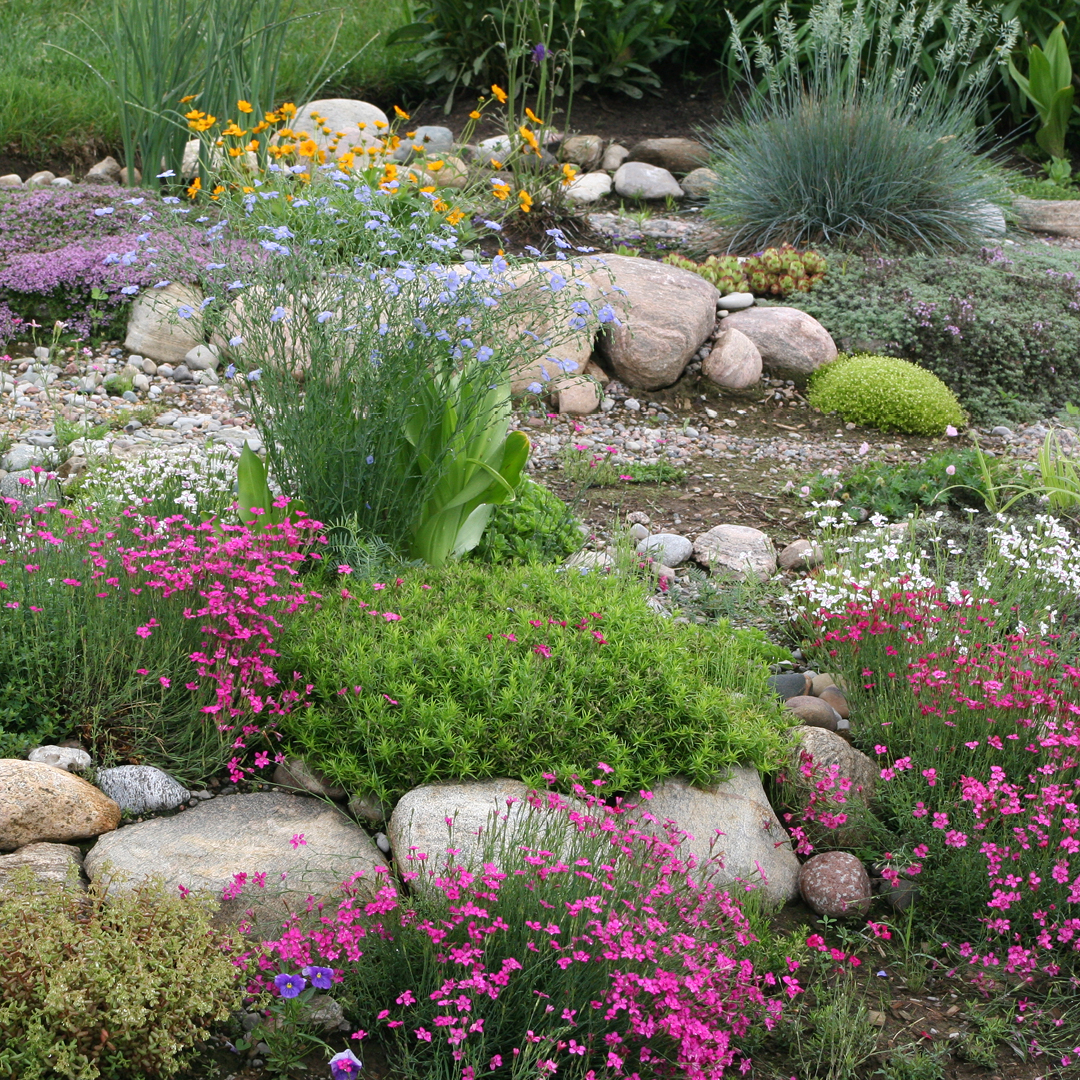Xeriscaping is a landscaping and gardening method designed to drastically reduce or eliminate the need for supplemental water from irrigation. Derived from the Greek word “xeros,” meaning dry, xeriscaping emphasizes the use of drought-resistant plants and efficient water-use techniques. This method of landscaping is particularly popular in arid regions but can be applied anywhere to conserve water and create sustainable landscapes.
While xeriscaping offers numerous benefits, it would be unfair not to address some of its drawbacks. Let’s examine both the pros and cons of xeriscaping to provide a comprehensive understanding of this environmentally friendly approach to landscaping.
Pros of Xeriscaping
Xeriscaping has numerous benefits.
- Water Conservation
- Primary Benefit: The most significant advantage of xeriscaping is its potential for substantial water savings. Traditional lawns and gardens often require large amounts of water, whereas xeriscaped landscapes are designed to thrive with minimal irrigation. This is particularly beneficial in areas prone to drought or with limited water resources. Drought and dry spells are increasing in many areas affected by climate change.
- Environmental Impact: Reducing water usage helps conserve local water supplies and decreases the strain on municipal water systems, making xeriscaping an eco-friendly choice.
- Reduced Maintenance
- Less Time-Consuming: Xeriscaping typically involves planting drought-tolerant and native plants, which require less frequent watering, mowing, and fertilizing compared to traditional lawns. This results in less maintenance and more free time for homeowners.
- Lower Costs: With reduced need for watering, mowing, and chemical treatments, xeriscaping can lead to lower long-term maintenance costs. This includes savings on water bills and landscaping services.
- Environmental Benefits
- Biodiversity: Xeriscaping often incorporates native plants, which can support local wildlife, including pollinators such as bees and butterflies. This promotes biodiversity and creates a more balanced ecosystem.
- Soil Health: By reducing the use of chemical fertilizers and pesticides, xeriscaping can improve soil health over time, leading to more resilient plant growth and a healthier environment.
- Aesthetic Appeal
- Unique Designs: Xeriscaped gardens can be visually stunning, featuring a variety of textures, colors, and plant forms. The use of rocks, mulch, and other non-plant elements can create interesting and attractive landscapes that stand out from traditional lawns.
- Seasonal Interest: Many drought-tolerant plants have unique seasonal blooms or foliage changes, providing year-round visual interest.
Cons of Xeriscaping
Yin and Yang, with the good also comes the not-so-good.
- Initial Costs
- Installation Expenses: While xeriscaping can save money in the long run, the initial costs can be higher than traditional landscaping. This includes expenses for soil preparation, purchasing drought-tolerant plants, and installing efficient irrigation systems.
- Professional Help: To achieve the best results, homeowners may need to hire professionals with expertise in xeriscaping, adding to the upfront costs.
- Learning Curve
- Knowledge Required: Effective xeriscaping requires an understanding of local climate conditions, soil types, and appropriate plant selection. Homeowners must educate themselves or seek expert advice to ensure their xeriscaped garden thrives.
- Trial and Error: There may be a period of trial and error as homeowners learn which plants perform best in their specific environment. This can be time-consuming and sometimes frustrating.
- Limited Plant Selection
- Plant Availability: In some regions, the variety of drought-tolerant and native plants available may be limited. This can restrict design options and make it challenging to achieve the desired aesthetic.
- Non-Traditional Look: Xeriscaped landscapes often look different from traditional lawns and gardens, which may not appeal to everyone. Some homeowners or communities might prefer the appearance of lush, green lawns.
- Potential HOA Restrictions
- Regulations: In certain communities, homeowner associations (HOAs) may have regulations or guidelines that limit or prohibit xeriscaping. This can pose a challenge for homeowners who wish to implement water-wise landscaping practices.
Xeriscaping offers a sustainable and environmentally friendly alternative to traditional landscaping, with significant benefits in water conservation, reduced maintenance, and ecological impact. However, it also comes with challenges, including initial costs, a learning curve, and potential limitations in plant selection and aesthetic preferences. For those willing to invest the time and resources, xeriscaping can be a rewarding way to create beautiful, sustainable landscapes that thrive with minimal water use, and YOUR GARDEN CENTER is here to help you on your water-conserving journey.





 15% Military Discount
15% Military Discount